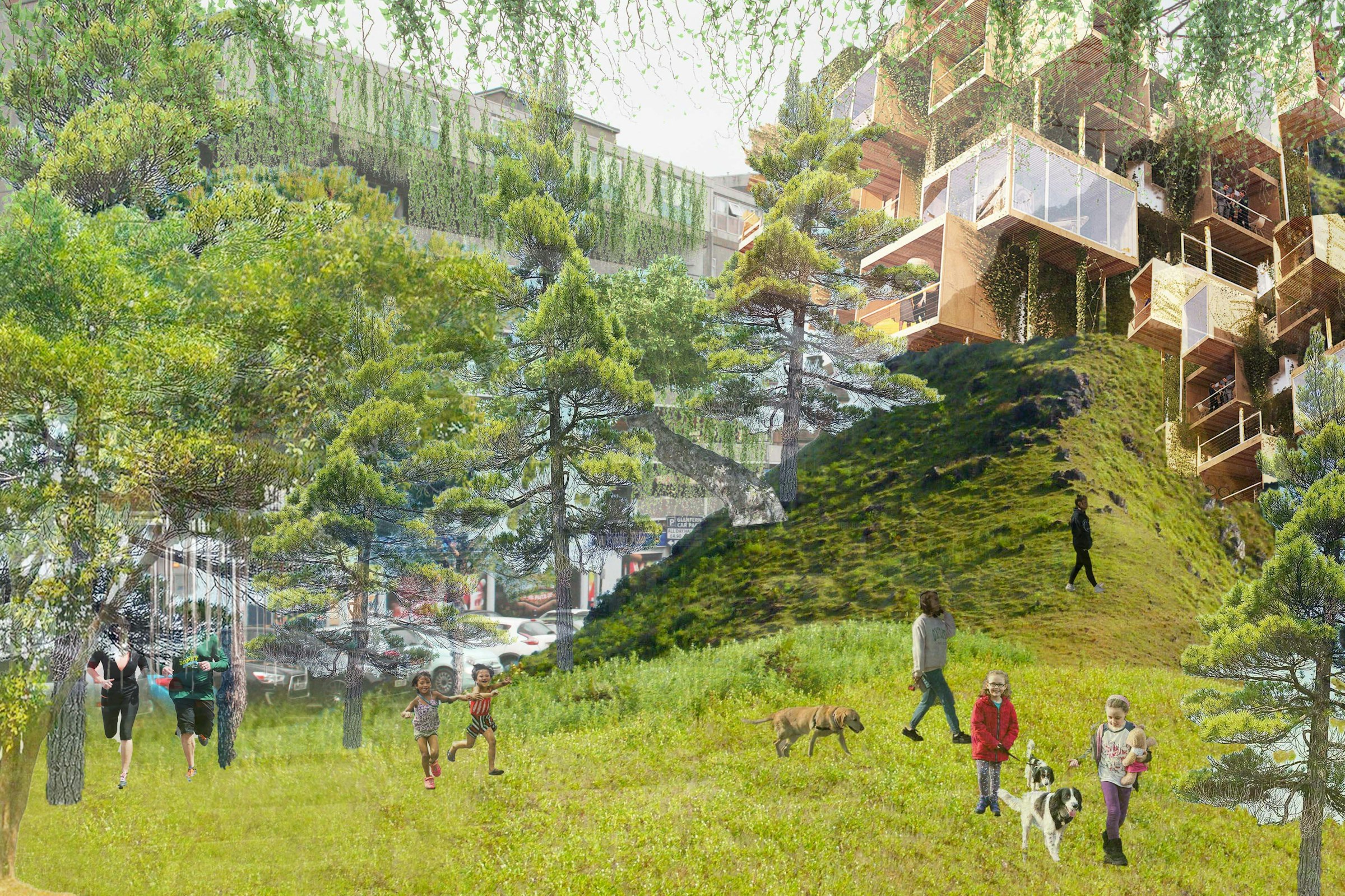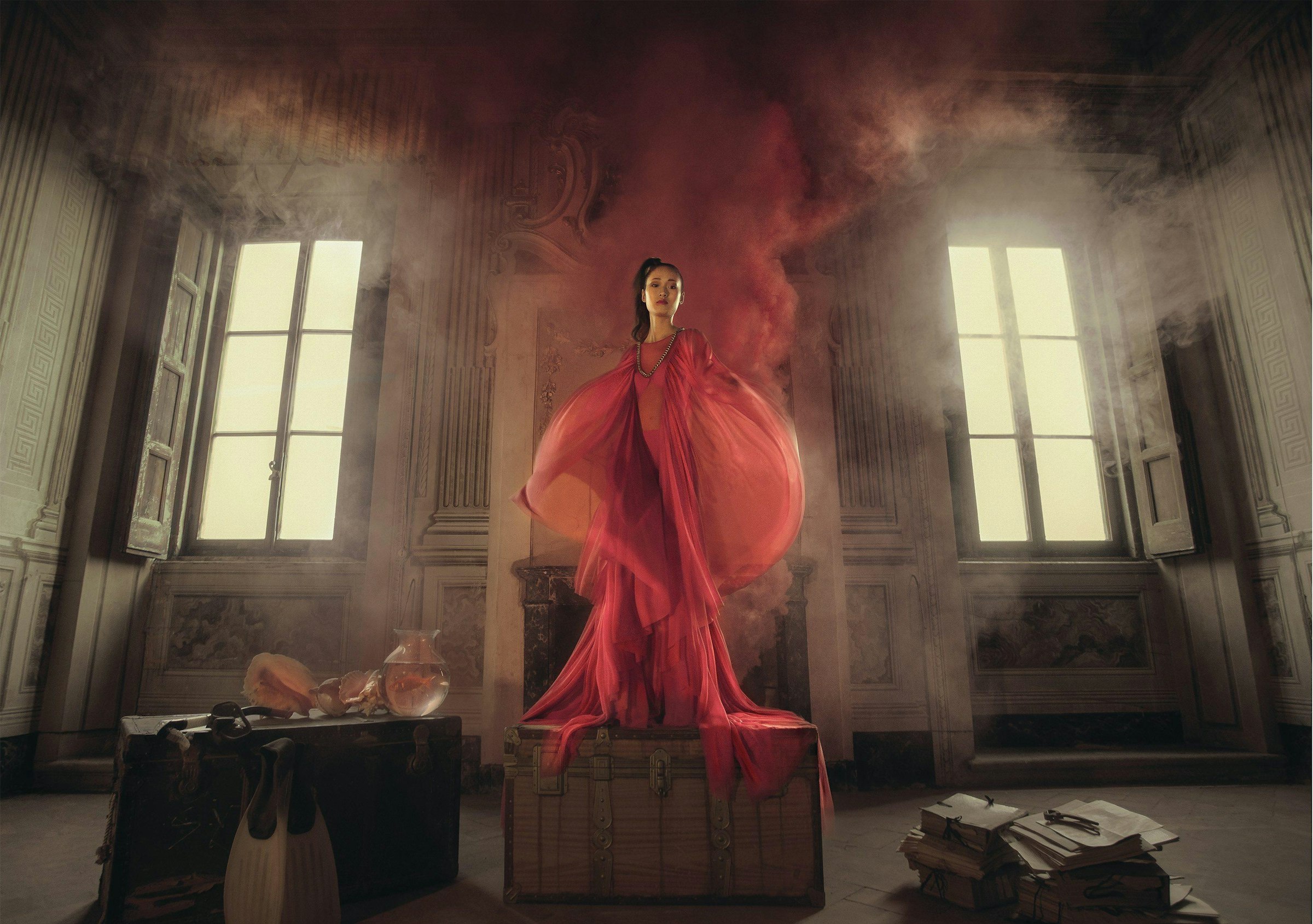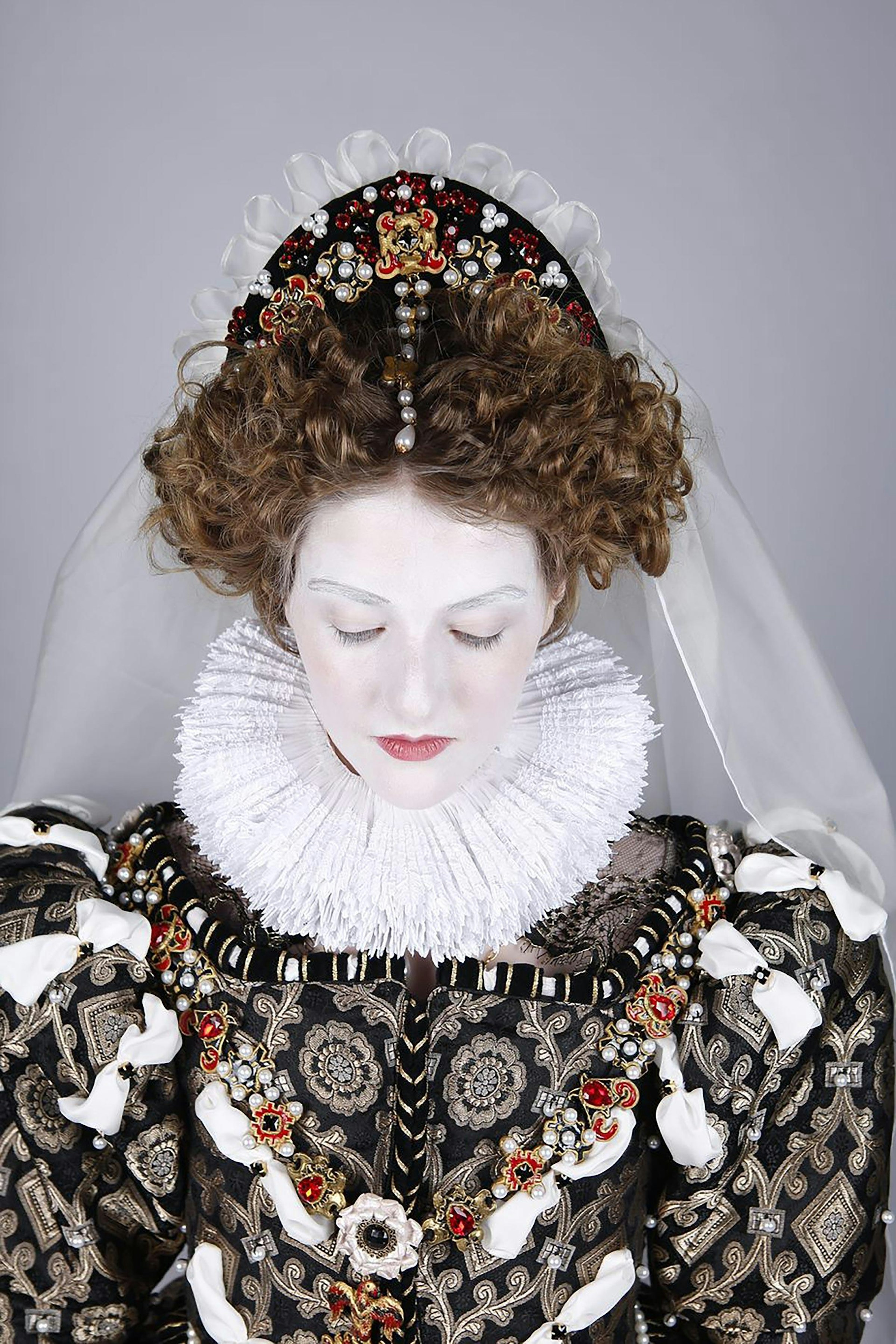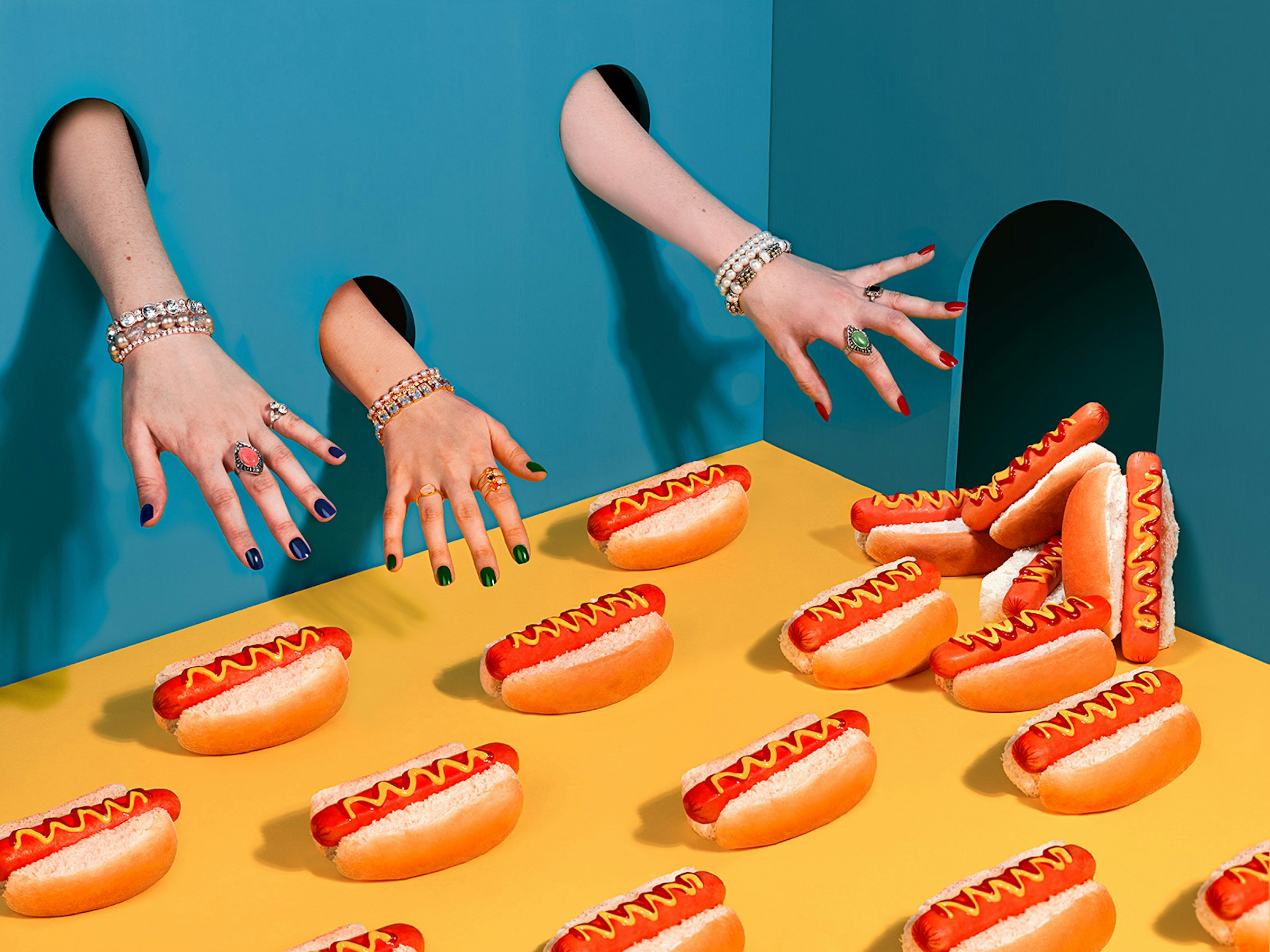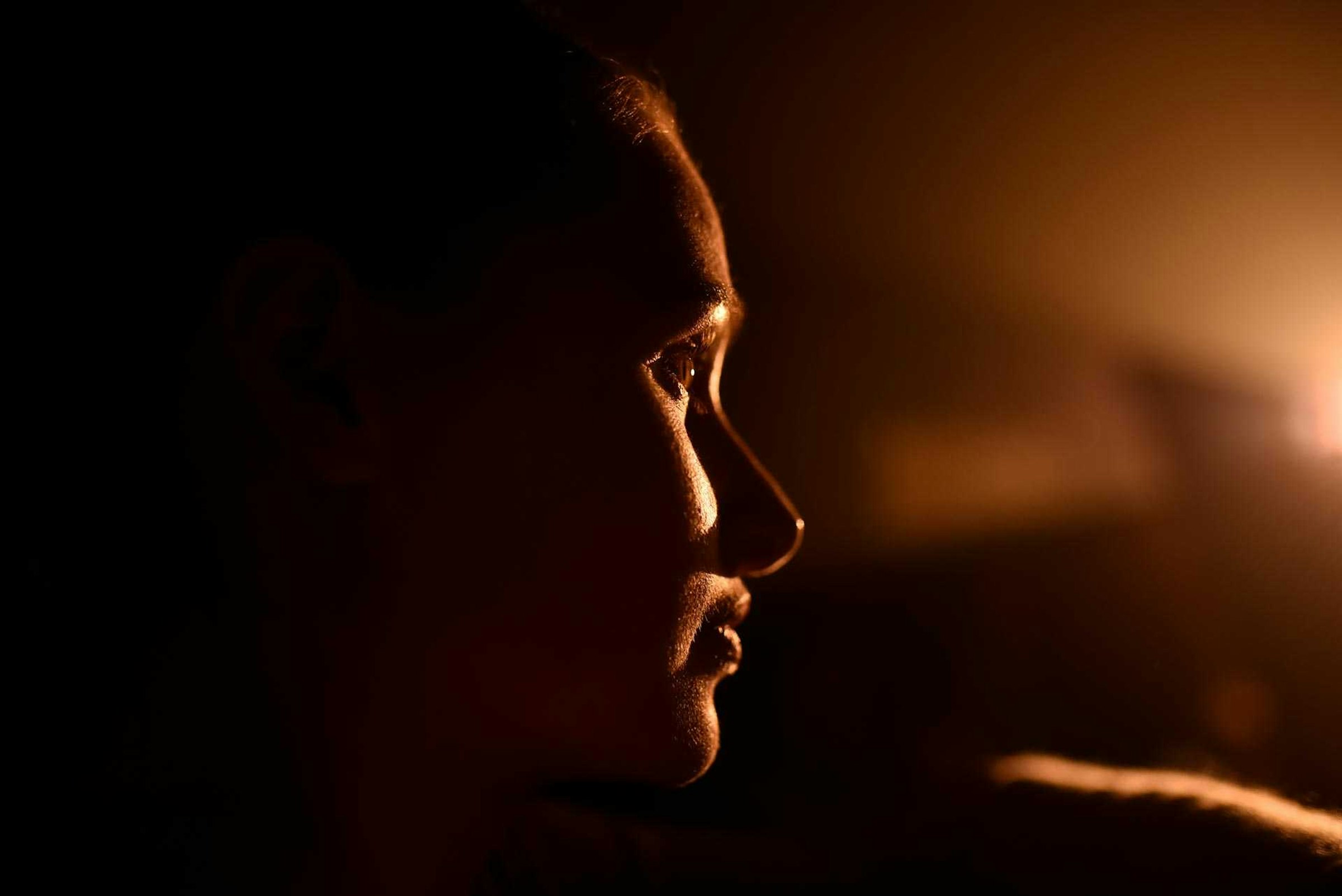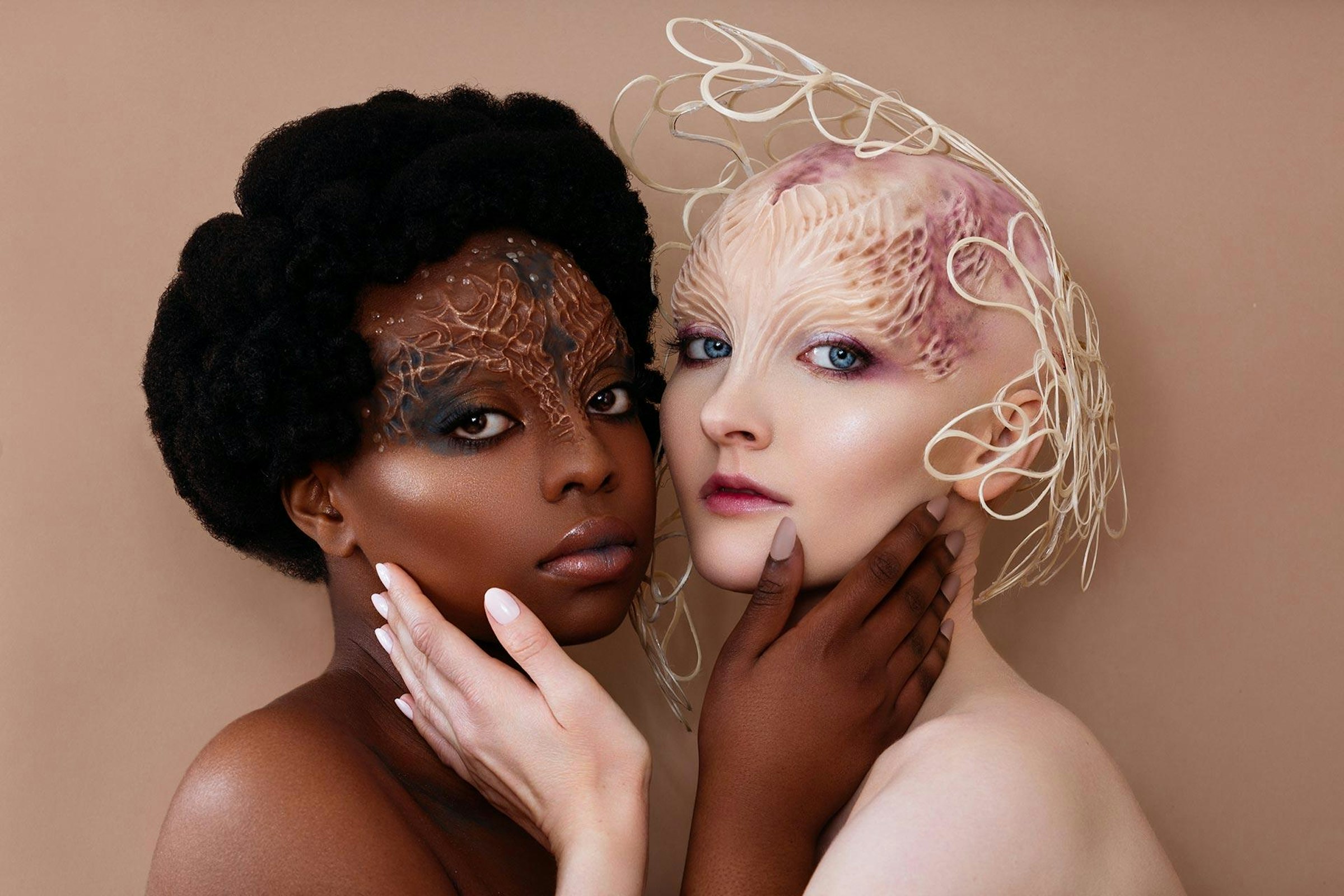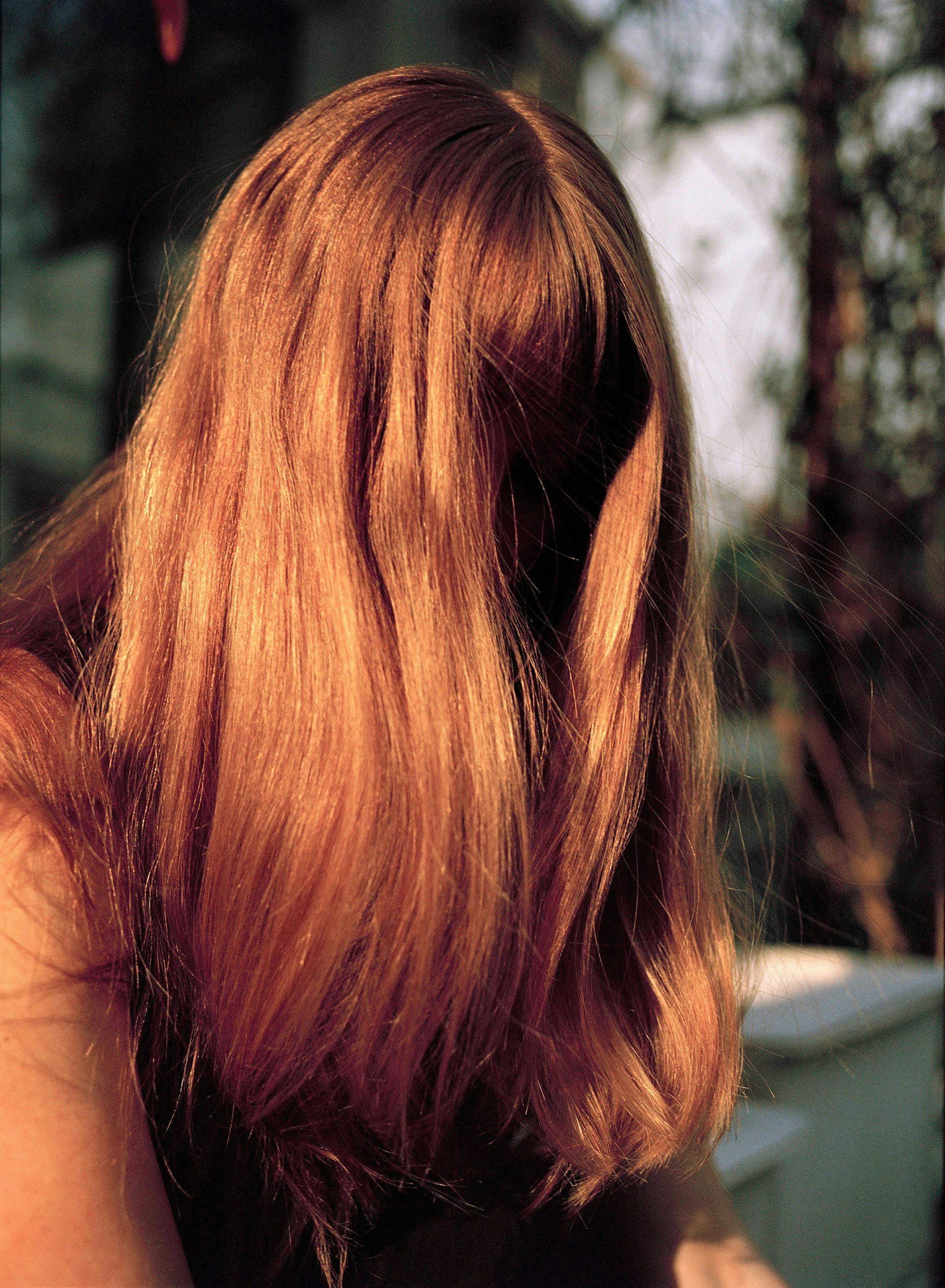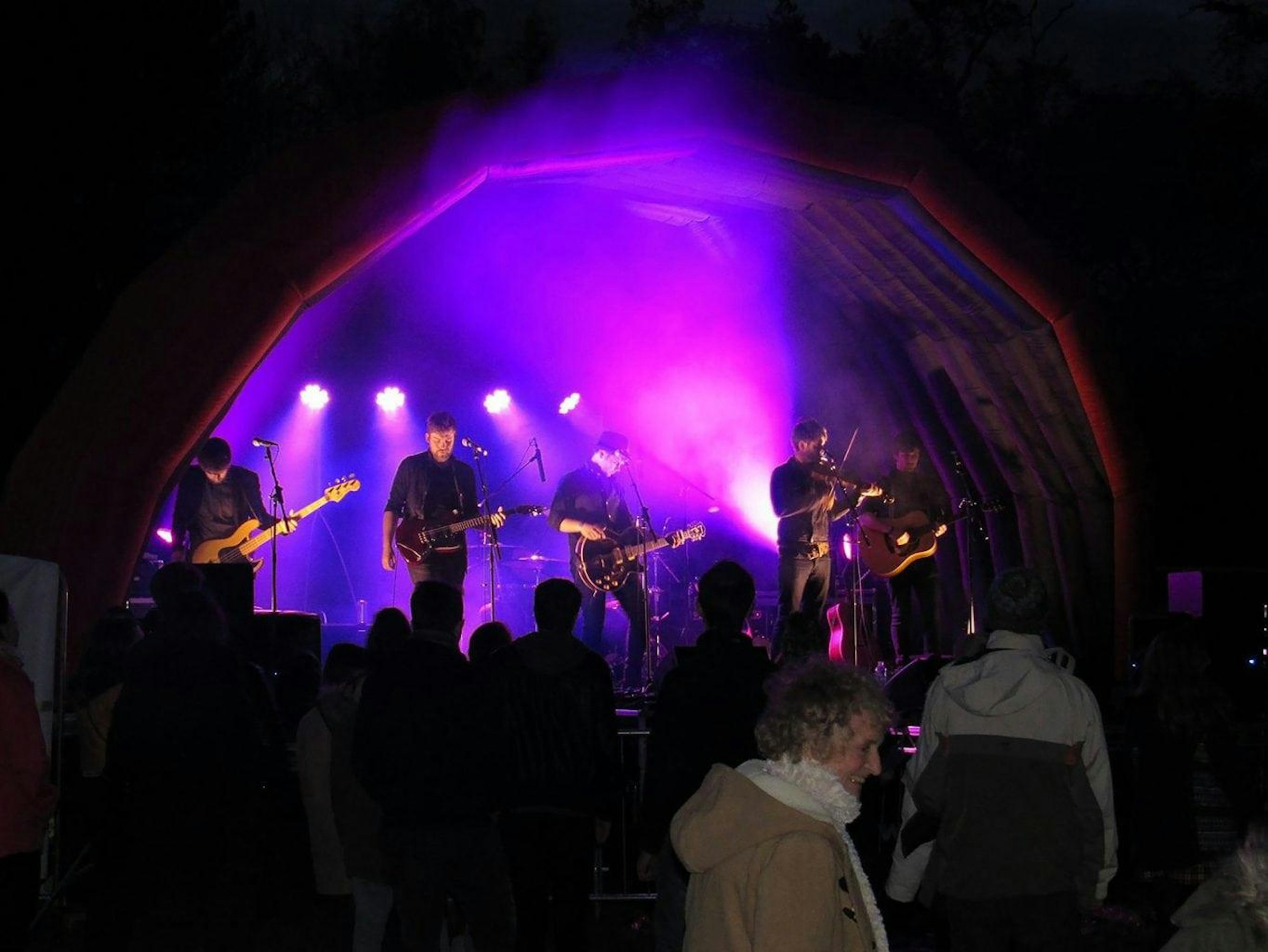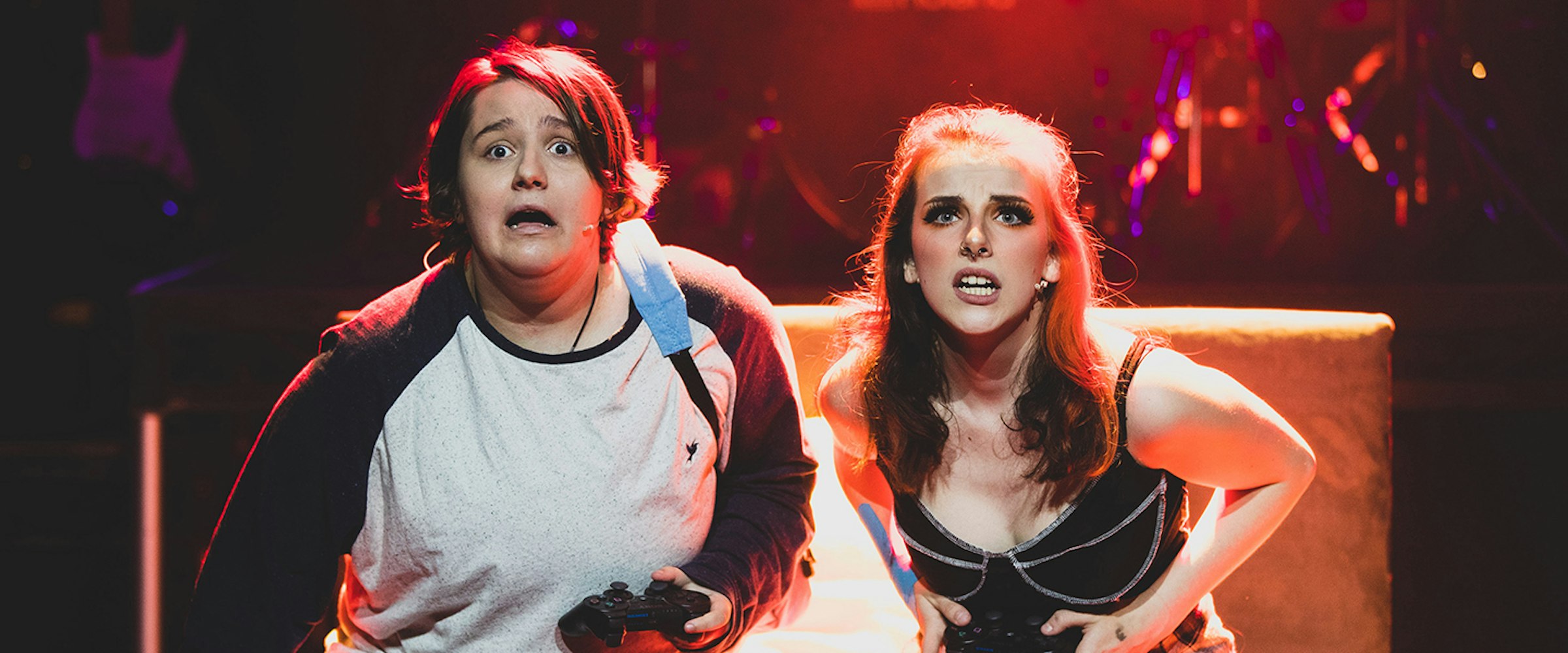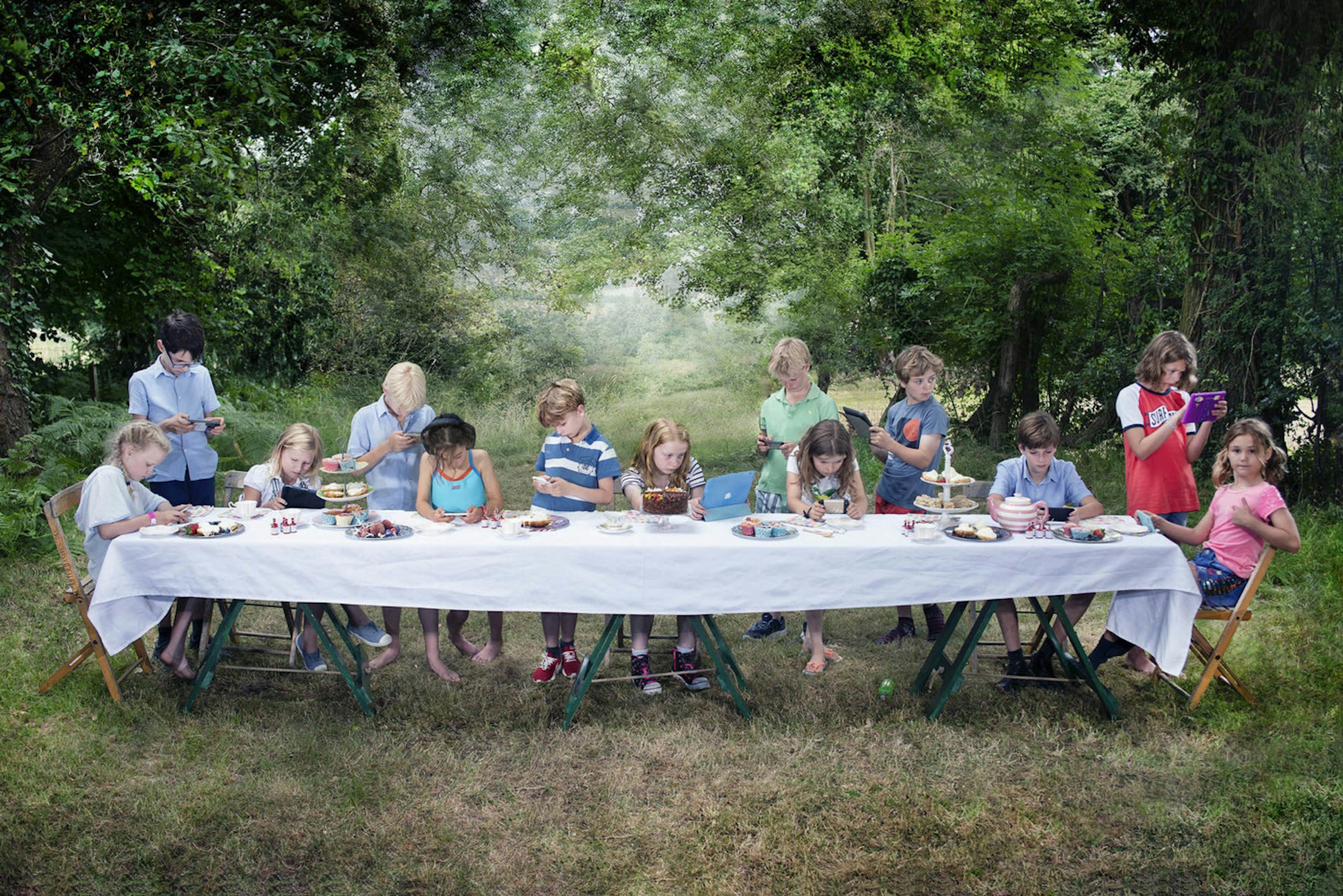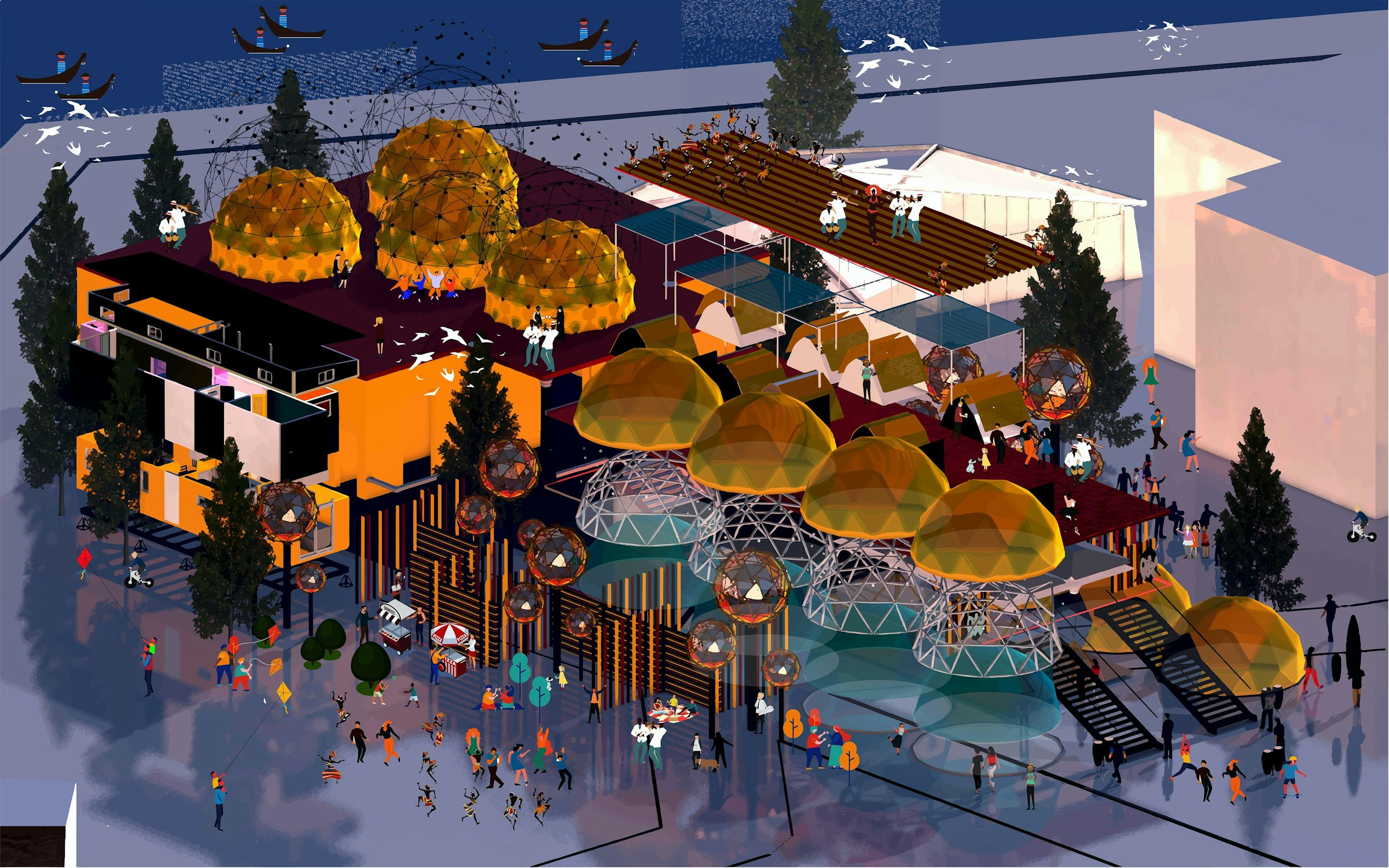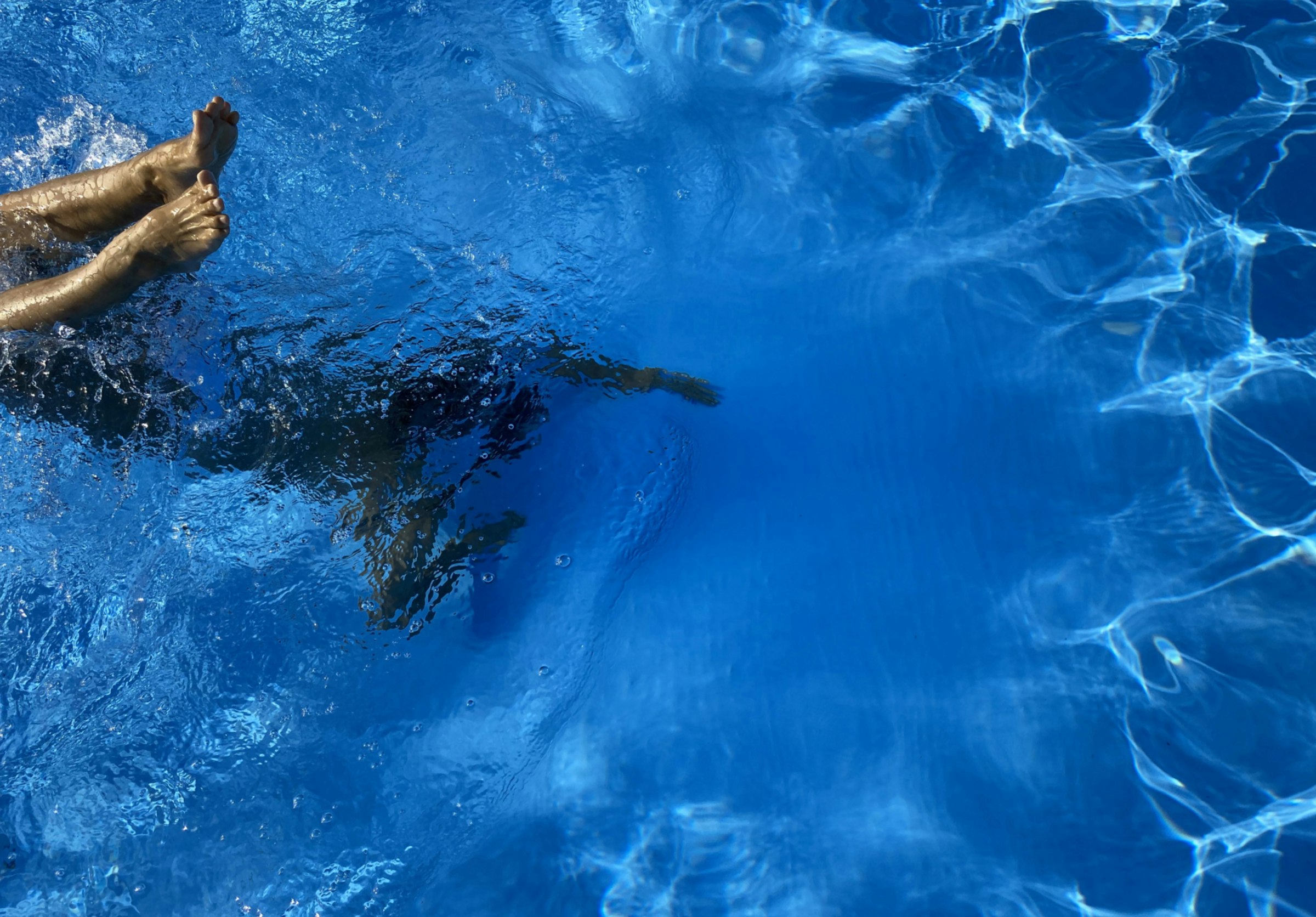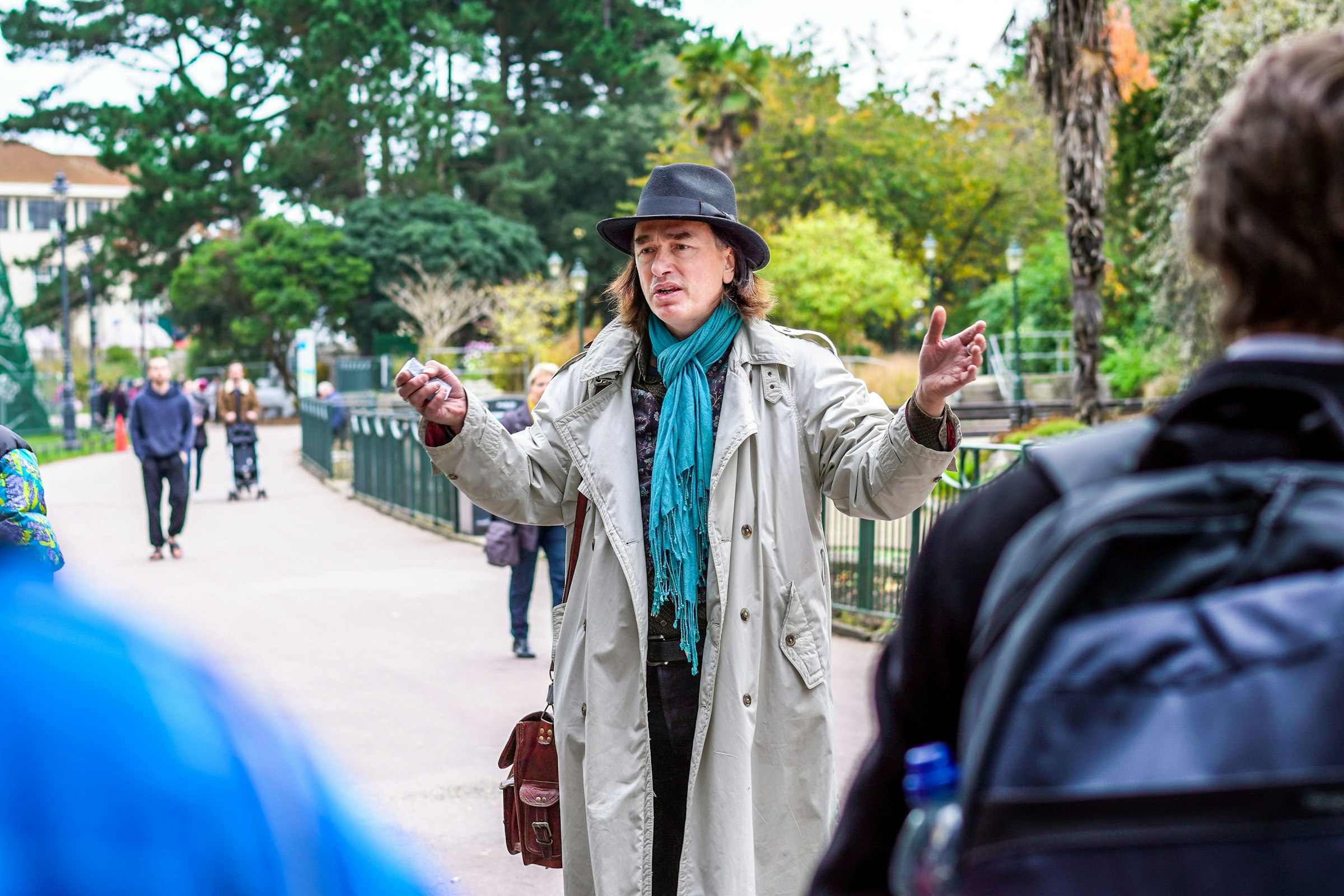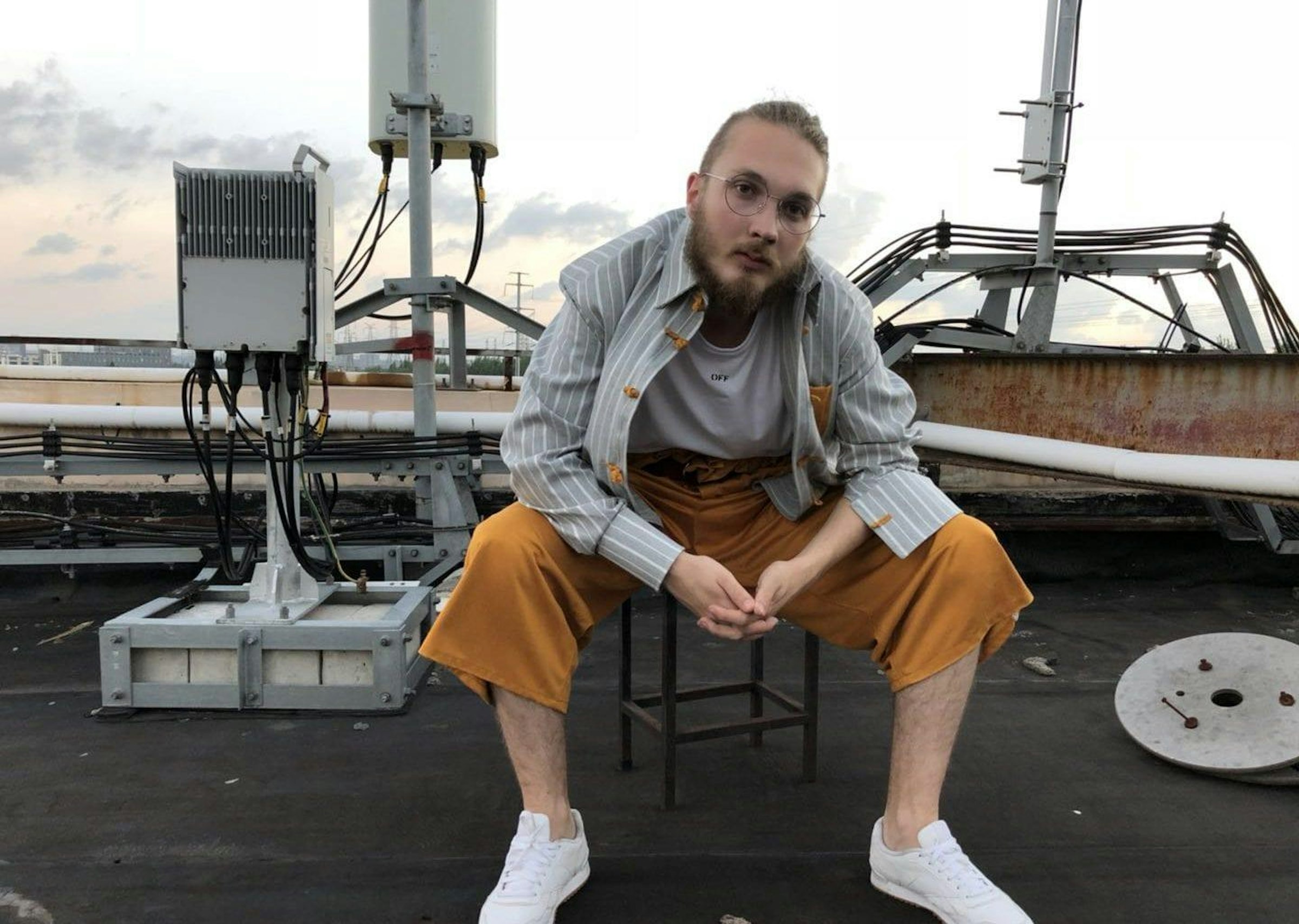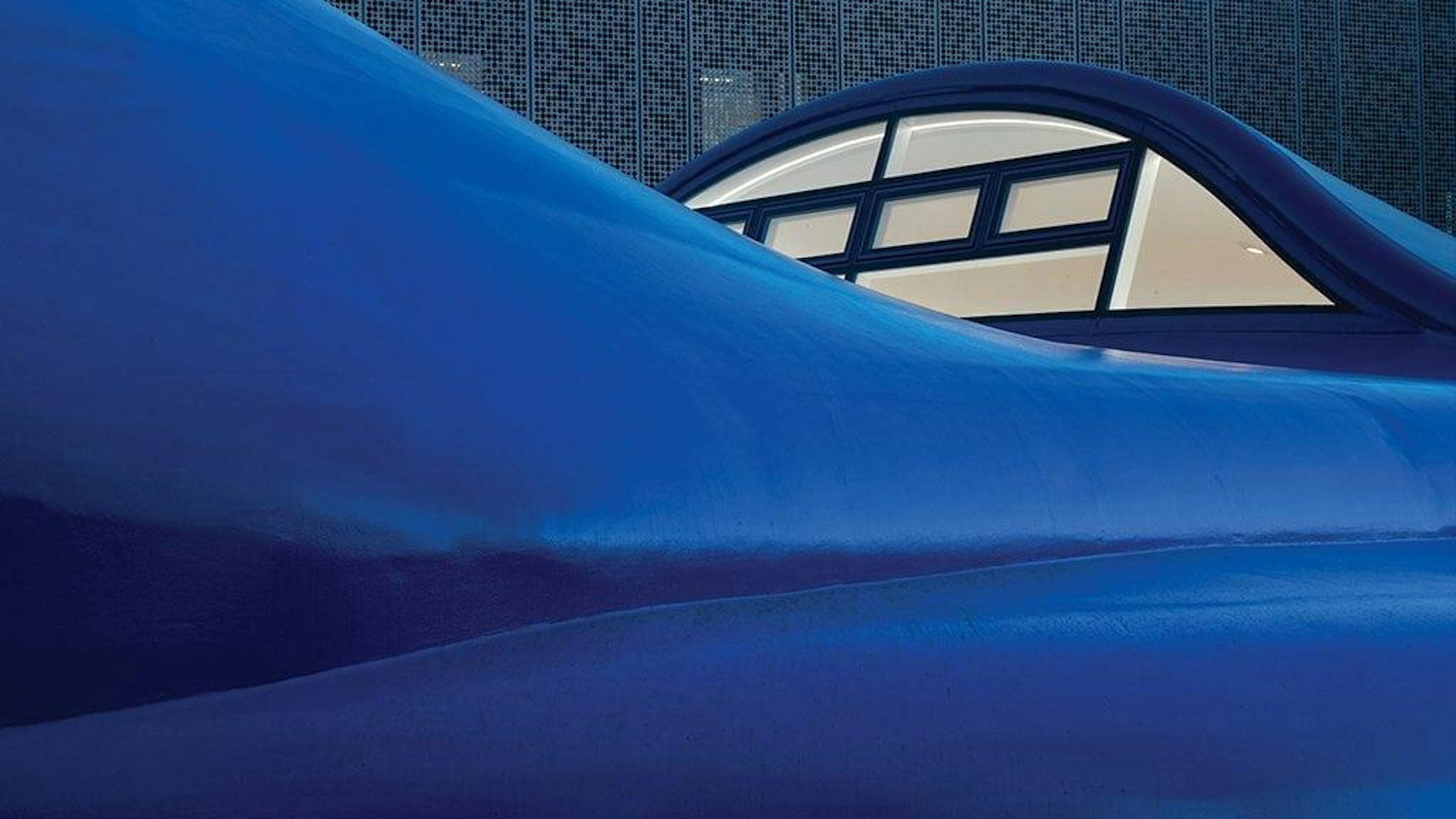
In association with AUB Human, students from the BA (Hons) Costume, BA (Hons) Performance Design and Film Costume and BA (Hons) Costume and Performance Design had the opportunity to be part of an incredibly exciting competition, Costume for Change. Students were asked to design a costume that addresses issues of climate change and the environment, requiring students to create a visual gateway that encourages proactive care for the natural world.
Realised by costume students in the coming months and sponsored by the Jean Hunnisett Fund, the winning design will be used as a symbol of the courses' intentions to move towards more sustainable practices. The designers were also asked to consider how the costumes would be made and what impact they'd have on the environment when realised. They were asked to consider recycled, sustainable or eco fabric and materials.
Twenty-one students entered the competition, with the first round featured on Instagram. You can see all the entries at #aubcostumeforchangecomp. A wonderful selection of designers were entered with a variety of themes, including climate change, forest fires, deforestation and the impact of the fashion industry. Instagram judges shortlisted five finalists, which all feature in this digital exhibition.
Instagram judges included:
- @sophiefretwell, AUB Alumni and Costume illustrator
- @parentsforfuture_uk, Supporting Youth Climate Campaigns
- @climateinmind, Anita Bagdi, Climate Illustrator
- @jurassicg1rl, Dr Anjana Khatwa, Engagement Lead, Wessex Museums
Instagram Judge Anita Badgi commented: “It’s just incredible what the students express and explain in their designs.”
The five finalists were then tasked with submitting more detailed information outlining their concepts and ideas, as well as the messages behind the designs. They were also asked to summarise fabric choices and the sustainable approaches they would take to realise the costume. These were then judged by a second round of judges:
- Mary Oliver, Dean of Faculty of Media and Performance
- Natalie Carr, AUB Human Representative
- James Jacob, AUB Environmental group representative
- Lorna Rees (Gobbledegook Theatre), Performer, director and activist
- Tom Clarke, National Trust Studland
This exhibition showcases the five finalists and the creative thinking, problem-solving and dynamic imagery that went into developing ‘Costume for Change’.
Winner | Ella Kearvell
Ella is a second-year student on the Costume and Performance design course. Her costume design is intended to be an interactive, educational piece. It was inspired by a child’s ‘Welly-walk’, an exciting nature walk in which children can attach sticky materials to their wellies and see what is picked up as they walk through meadows and forests. The cape of the costume represents the forests and the mushroom fungi, made from a piece of wet felted wool. The dress takes its shape from a beehive and the shape of the honeycomb, which doubles as pockets for collecting seeds and nature treasures. The learning opportunities for all ages are endless. This costume has the potential to capture a lifelong interest in nature and the environment, be it habitats, pollination, climate or sustainability.
Ella says: “I chose to take part in this competition because I have always been interested in the natural world and eco-friendly art. More recently, the devastating effects of the fashion industry has been brought to light, and it's more important than ever to encourage sustainability across all art forms and in our everyday lives. I believe that in order to enact change we need to capture the interest of the next generation.”
Judge Lorna Rees commented: “I can completely imagine wearing this dress and being the character! I think it’s a beautiful, clear idea about connecting our next generation to nature. It’s very well realised”.
Finalist | Benedicte Olsson Lønes
Benedicte is a 22-year-old vegan from Norwegian currently in her third year following the pathway of studying costume design. Her costume is inspired by the human impact on the environment, nature and wildlife. She designed a maximalist costume, with each component in the costume symbolising a different aspect of the climate crisis. The jacket is made from pineapple leather, representing oil spills, while the flames represent the rising temperatures on our planet. The red wellies are a symbol of humanity keeping our feet dry while sea levels rise. The gas mask and body covering suit is to keep us safe from viruses, toxins and gases. The flowers blooming from the costume symbolise the hope we have and nature's strength to take back what we have destroyed.
Benedicte states: “I believe we all have a responsibility to be more sustainable and to do something about climate change. I wanted to shine a light on climate change, to help and encourage others through my art, to understand how much our choices are affecting our planet and that sustainable and more climate-friendly choices do exist in our day-to-day lives.”
Judge and AUB Human Rep Natalie Carr commented: “It instils a bit of fear in me but still looks beautiful. I could imagine this costume appearing on stage and understanding instantly what it was about. The person could be any of us as the face is covered. I love the hint of nature taking it back through the flowers, which also softens the aesthetic.”
Finalist | Camille Bourasseau
Camille is a third-year Costume Designer from France. Her design was created as a statement piece to raise awareness about the impact of the textile industry on the planet. She focused her design on water pollution caused by chemical dyes and fabric treatment, as well as the accumulation of unwanted garment ending up in landfills. The textile industry pollutes and wastes water during its creation and clothing left in landfill release toxic chemicals into the land. This costume explore the process of natural dyes including seeds, flowers, roots, plants, fruits and vegetables. The shape of the costume is inspired by the concept of the Hearth being progressively submerged by the colours of the dyes and the fabric accumulation from the landfills. Modelling the costume is Gaïa, the personification of the Earth in the Greek mythology. The shape of the dress is reminiscent of a Greek toga: draped, belted.
Camille says: “I try to think about sustainability when I'm designing because of the environmental impact of the textile industry. I like exploring different mediums, recycling, re-purposing and looking for the potential in everything. The Costume for Change competition was an opportunity to reflect on my practice and how I can be more sustainable."
James Jackson from the Arts University Environmental group comments: “This design has fantastic visual impact and design quality not compromised by being sustainable/ethical – a really important message! I like that chemical-water pollution is a main focus.”
Finalist | Ruby Enticknap
Ruby is in her third year, studying costume design for theatre and film. Ruby’s design focusses on how our transport choices can contribute to climate change. It highlights aeroplanes as one of the largest causes of CO2 and other greenhouse gas emissions, while cycling garments and a helmet represent the earth and environment, showing cycling as a positive choice more in harmony with the natural world. Within the costume, she links the greenhouse effect, represented by a transparent umbrella, to rising sea levels indicated at the ankles of the leggings, as if the wearer were wading through water. Glass beads drip like water melting from the ice-caps painted on the helmet, and add to the rising water level.
Ruby expresses her concerns: “Looking after the world around us is extremely important to me, especially in the present climate crisis. I was drawn to this project as an opportunity to directly comment on climate change through my chosen medium of costume design, and to raise awareness of how our choices affect the whole planet.”
Mary Oliver, former Dean to the Faculty of Media and Performance at AUB, said: “This is an extremely well researched project with clear evidence of the themes used in the design of the costume. The message conveyed was presented in a challenging and performative way."
Finalist | Helena Green
Helena Green is a second-year Costume and Performance Design student specialising in Design. Helena’s submission for the ‘Costume for Change’ competition is a costume with a purpose for good. Made from biodegradable fabric, the costume is inspired by naturalist and environmental painter Edith Holder from late Victorian/ early Edwardian period. The costume has a historical silhouette and is made from seed embedded ramie which will one day biodegrade, letting the seeds turn into wild flowers. The costume industry creates such waste but by using a fabric that biodegrades Helena wanted to show that the theatre industry can work with nature and still create amazing costumes.
Helen passionately reflects: “My reason for taking part in this competition is because I'm already taking steps in my day-to-day life to be conscious of how my actions affect the environment. I usually try to design projects with fabrics that both are ethical and produce lower emissions."
James Jackson from the AUB Environment Committee comments: “I like that the design didn’t just consider what would happen during or even after-use but… the life of the design just kept going as it biodegrades and creates wildflower pollination sites. Innovative dye methods, too.”
The project was conceived and facilitated by Senior Lecturer Adele Keeley. She comments: “This subject is close to my heart. I believe that by humanising issues of climate change by placing them on the body can help us make sense of the world around us and connect to nature. Through this connection, positive action to look after the planet can be encouraged. The students have not only designed costumes that deal with practical solutions but created powerful imagery to help communicate these important topics."



